For me ‘the time it takes is the time it takes’. What I mean by this is that I cannot dress any more quickly and I cannot eat any more quickly. This means I use a concept called reverse engineering life.
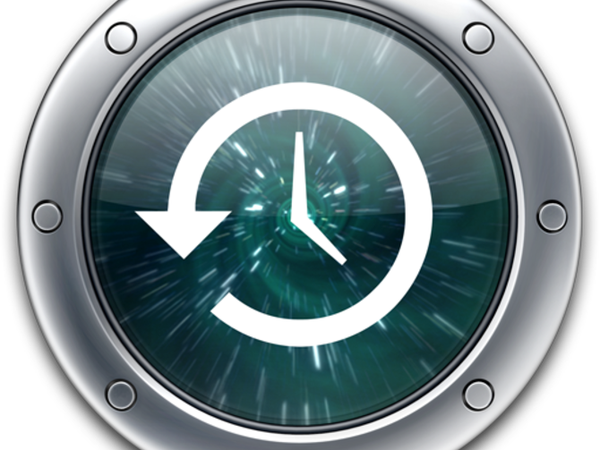 Short cuts are out
Short cuts are out
Most people can take shortcuts if they are running late, for instance, they might eat a breakfast bar whilst traveling, or they might run rather than walk to make up time. If I were to try to eat on my own whilst traveling (because my assistant was driving) then I would spill more than I would eat, need clean clothes and probably still be hungry. If I were hungry then I couldn’t do whatever I was supposed to do because I wouldn’t be able to concentrate, so it would be pointless being there. So, this brings me to ‘reverse engineering’.
This is a really useful strategy to help everyone who supports me recognize it takes me longer to do everything. I really don’t like being late so I do everything I can to make sure it doesn’t happen.

Start with the end in mind
The concept is simple, start with the end in mind, and work backwards to the starting point. To illustrate the point logically I’m beginning here with the start point but we would do this from the end point normally.
For me to go out for an appointment first thing I need 90 minutes to get out of the door from rolling out of bed. Then, another 7-8 minutes to get into the van and be sorted to set off. Now to drive to the destination, a journey of a variable length. Nearly there, I transfer back into my wheelchair, remove the tie downs and drive out of the van. So that’s another 7-8 minutes. Finally, the nearest parking could be up to 5 minutes from where I need to be. Oh, and then I need a quick visit to the bathroom to be ready to start on time. In total without travel time we are looking at allowing 2 hours minimum from getting up to be present and correct on time for my appointment.
Being prepared
The timings are just for me…..my personal assistant and I need to have done preparation beforehand eg choosing clothes the night before, checking I have everything I need ready to go eg uni bag, care bag, etc. Then ensuring breakfast is prepared, as far as possible, before helping me get up, also getting snacks and drinks ready in advance. My 2 hours does not allow for social chit chat, last-minute activities, or dilly-dallying.
Reverse-engineering examples
Some examples are if I’m going to work at home in the morning eg 9.30 am start, then I need to be up by 8 am. But, then if I need to fit in my exercise programme early then it will be a 7.30 am start. Alternatively for an appointment or activity during the day, where I need to travel I need to factor this in. When I went through to Leeds for TASS at 3 pm, we had to allow 70-minutes for travel. Add to this the 20 minutes for parking, getting in, going to the loo and being ready to start promptly, this means I need to leave the house 90 minutes before. What this meant was reverse-engineering time for lunch and any other activities so I was ready to leave on time.
When new team members join my team we use a reverse engineering planner. This helps illustrate the timings and helps them get on board with what is needed.

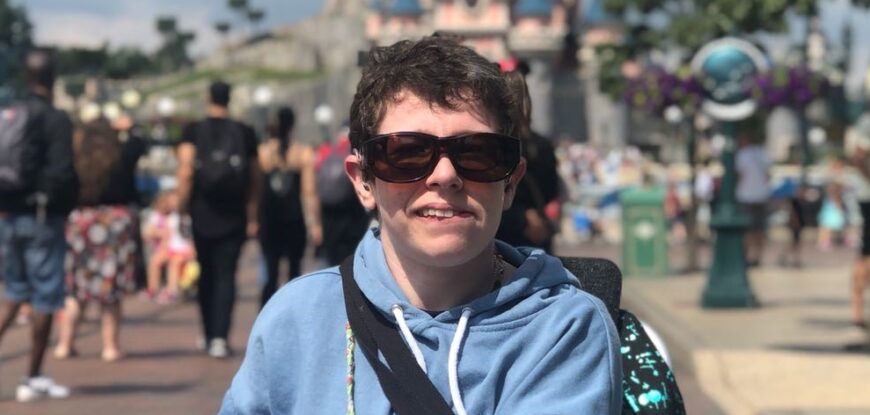
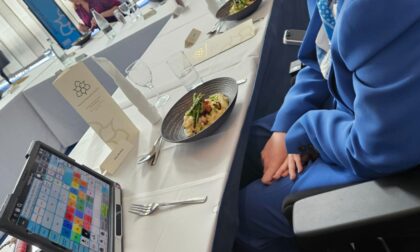
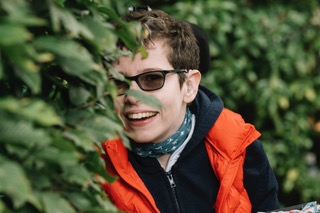
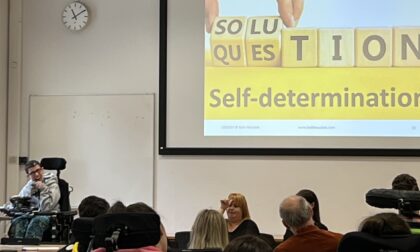
If you found this interesting or
helpful please feel free to share.